アサガオは、江戸時代に出物や親木といった育種技術が発達し、花色・花柄に富む変化朝顔や大輪朝顔など、数多くの系統が作出されました。
In the Edo period, Morning glory was developed with breeding techniques such as varieties and parent trees, and many strains such as Changing Morning Glory, which are rich in flower color and peduncle and Large-flowered Morning Glory were created.
【仮名】アサガオ, ケンギュウカ
【和名】朝顔, 牽牛花, 蕣
【英名】Morning Glory
【学名】Ipomoea nil
【誕生】07/ 06, 08/ 01, 08/ 06
【開花】07, 08, 09月
【花色】White, Pink, Red, Purple, Violet, Blue

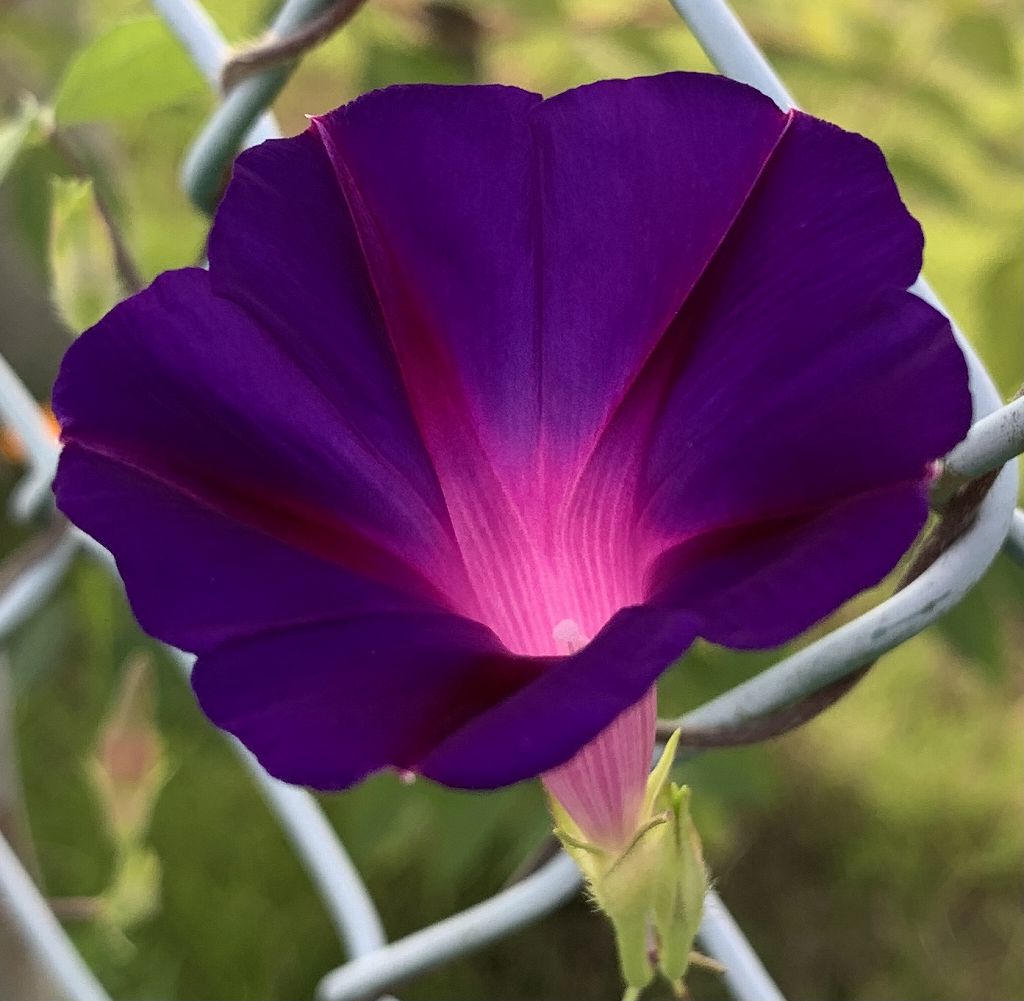
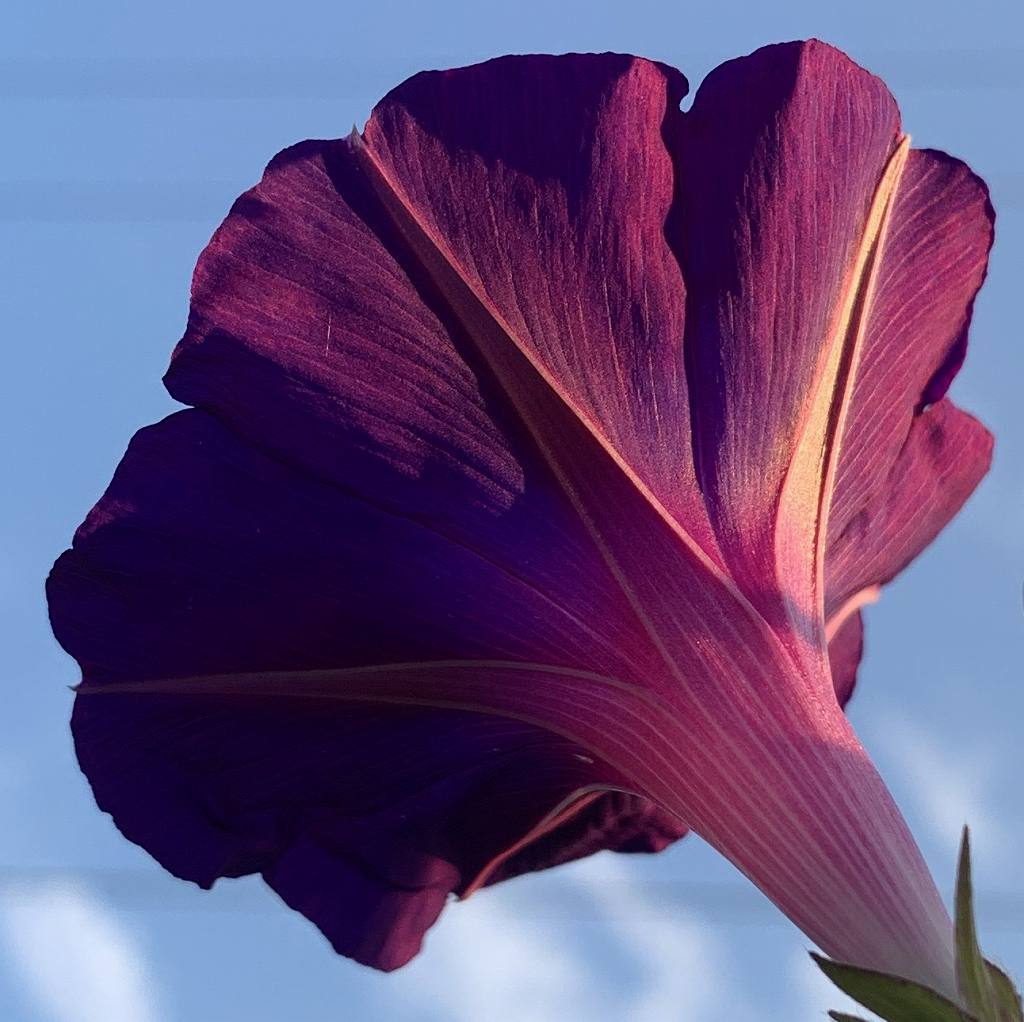
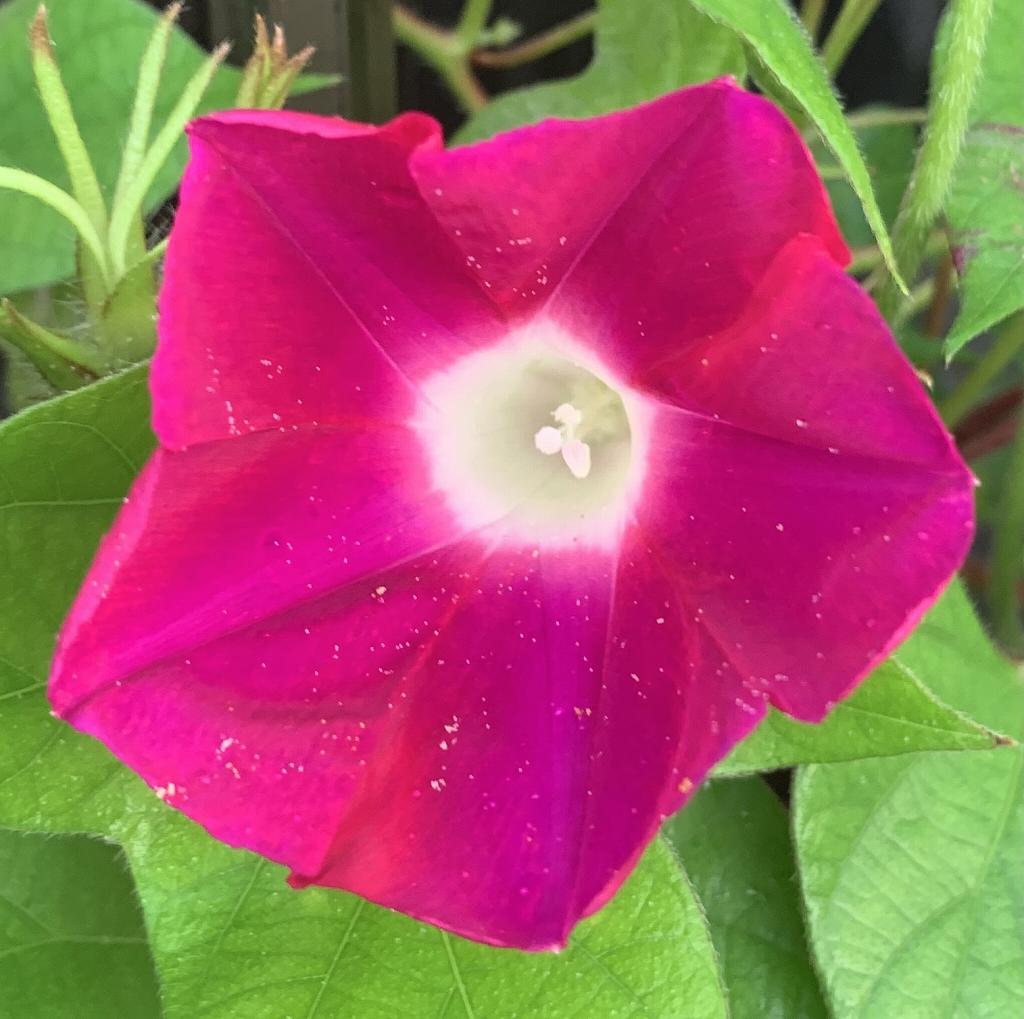

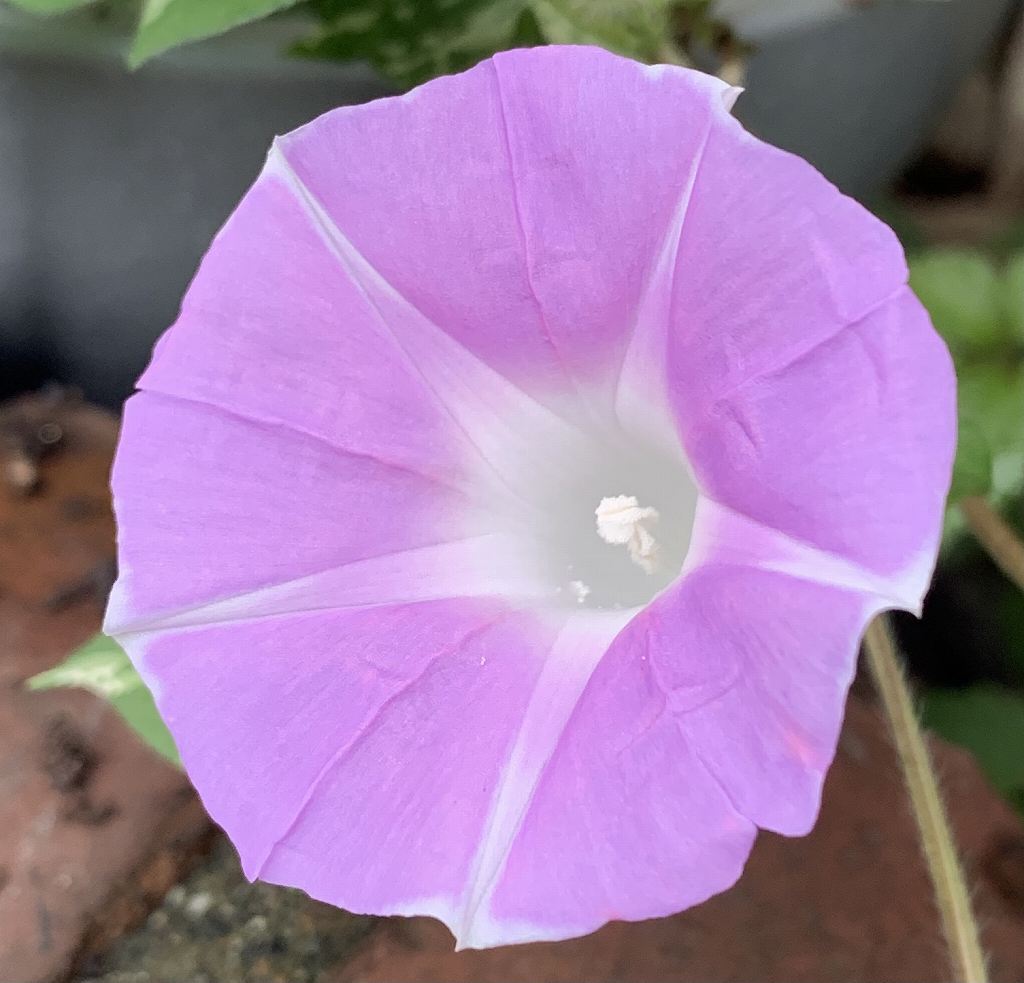
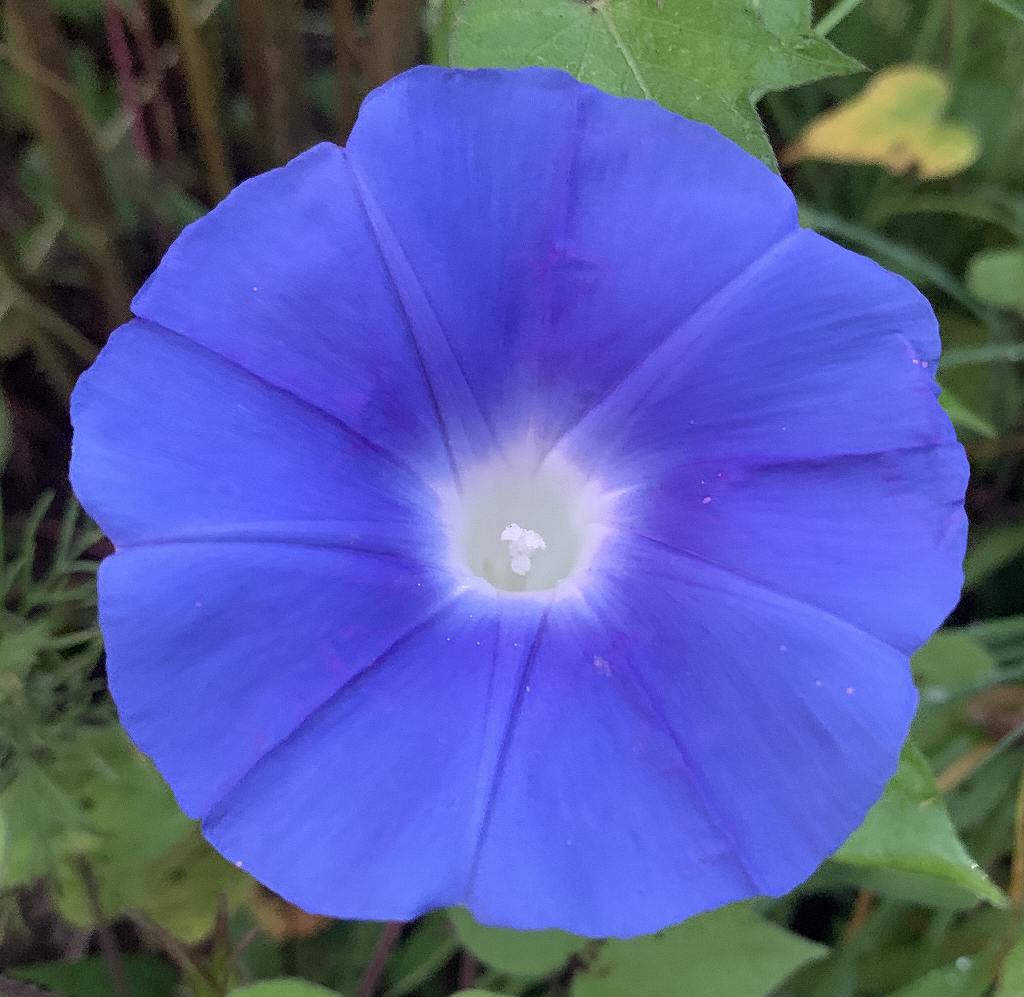
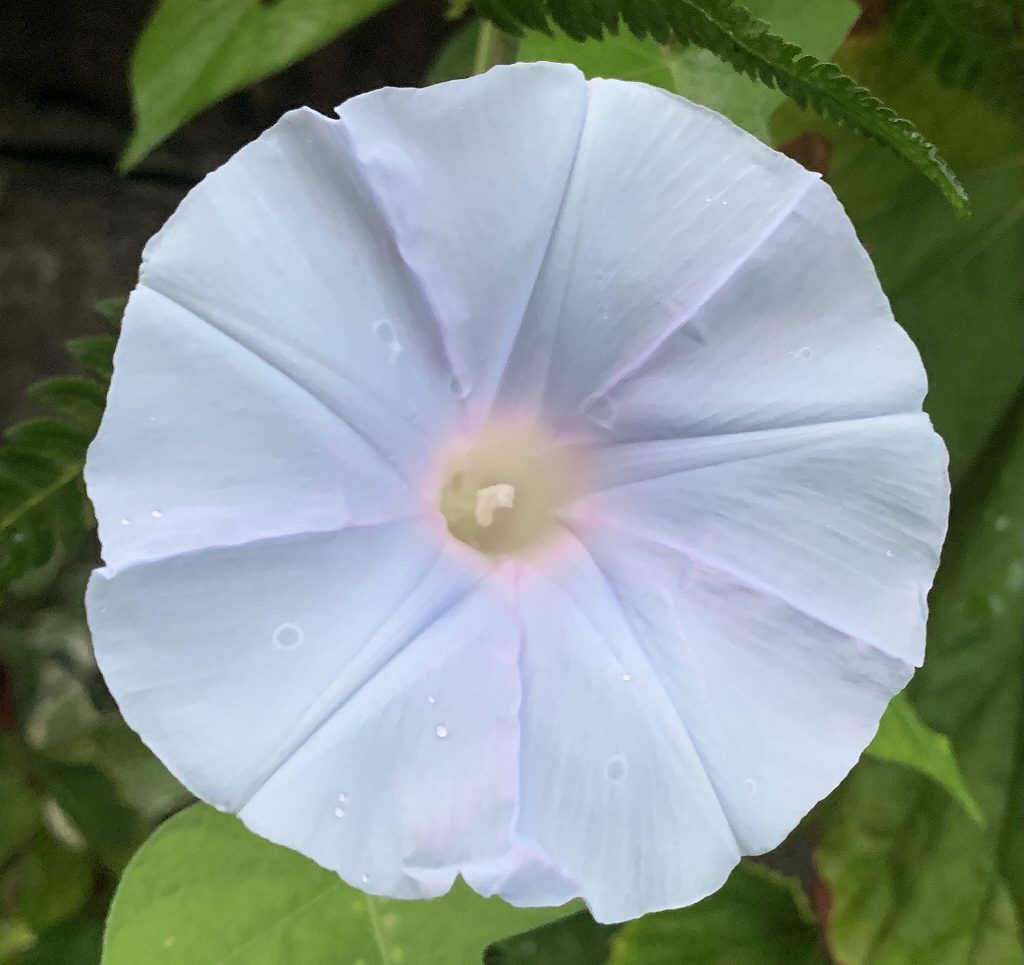
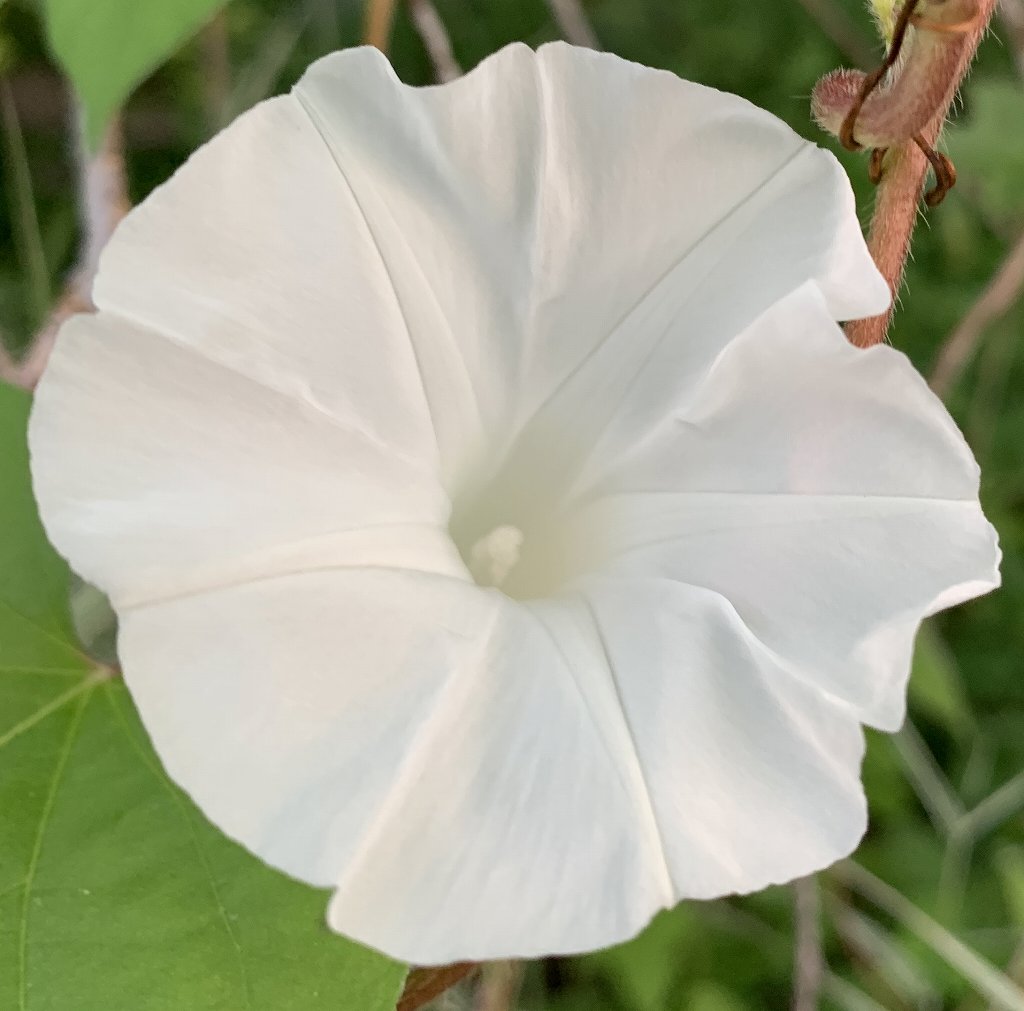
アサガオ
アサガオの原産と形態
アサガオはヒルガオ科のつる性一年草です。原産地はヒマラヤ~中国、熱帯アジア、熱帯アメリカなど。花は漏斗状で、5枚の花弁それぞれの真ん中に「曜」と呼ばれる肋が走っています。
アサガオの伝来と薬用
アサガオの日本への伝来は奈良時代末期。遣唐使が種子を生薬として持ち帰りました。栽培で殖やした種子を下剤や利尿剤に。また、葉を揉んで便所に入れて、虫除けにも用いられました。
アサガオの正木と出物と親木
アサガオは江戸時代、変異しない稔実系統「正木」、変異しやすい不稔系統「出物」、変わり花が生じる出物の遺伝子を保持しながら遺伝形質が発現しない稔実系統「親木」がありました。
アサガオとメンデルの法則
江戸時代の人々はアサガオを通じて経験的にメンデルの法則を認識していたようです。正木が優性の遺伝子どうし、出物が劣性の遺伝子どうしの組み合わせ。親木が両性の組み合わせです。
アサガオの大輪化
アサガオは変異によって大輪化も進みました。曜の数が普通は5つのところ、6~9つに増える変異「州浜」で、大きな花径の系統を作出。「青蝉葉系」と「黄蝉葉系」が育成されました。
アサガオの仕立て方
アサガオの青蝉葉系は成長が早いので支柱などに蔓を絡ませる「行灯作り」に、黄蝉葉系は小さく纏まった「盆養作り」や、一度に多くの花を咲かせる「数咲き作り」に仕立てられました。
アサガオの黄色と黒色
アサガオは白、赤、桃、紫、青など花色に富むものの、黄色と黒色が幻の朝顔。遺伝子工学によらない育成では、「右近」や「月宮殿」が黄色に近い品種、「黒王」が黒色に近い品種です。
Morning Glory
Morning glory is a climbing annual plant of the Convolvulaceae family. The place of origin is Himalayan-China, tropical Asia, tropical America, etc. The flowers are funnel-shaped, with ribs called “Yoh” running in the middle of each of the five petals.
The morning glory was introduced to Japan at the end of the Nara period. The envoy to Tang brought back the seeds as a crude drug. Seeds cultivated in cultivation can be used as laxatives and diuretics. It was also used to repel insects by rubbing the leaves and putting them in the toilet.
In the Edo period, morning glory had a fertile line “Masaki” that does not mutate, a sterile line “Demono” that is easily mutated, and a fertility line “Oyaki” that does not express hereditary traits while retaining the genes of the product that produces variegated flowers.
It seems that people in the Edo period empirically recognized Mendel’s laws through the morning glory. Masaki is a combination of dominant genes and Demono is a combination of recessive genes. Oyaki is a combination of both genes.
Morning glory has also become larger due to mutation. The number of Yoh is usually five, but the mutation “Suhama”, which increases to six to nine, creates a line with a large flower diameter. “Aosemiha” and “Kisemiha” were cultivated.
Since the morning glory’s Aosemiha grows quickly, it is used for “andon making” where vines are entwined around the pillars, and for the Kisemiha, it is used for “bonyo making” and “several blooming making” where many flowers bloom at once. Was tailored to.
Morning glory is rich in flower colors such as white, red, peach, purple, and blue, but yellow and black are phantom morning glories. In breeding without genetic engineering, “Ukon” and “Getkyuden” are varieties that are close to yellow, and “Kokuoh” are varieties that are close to black.


